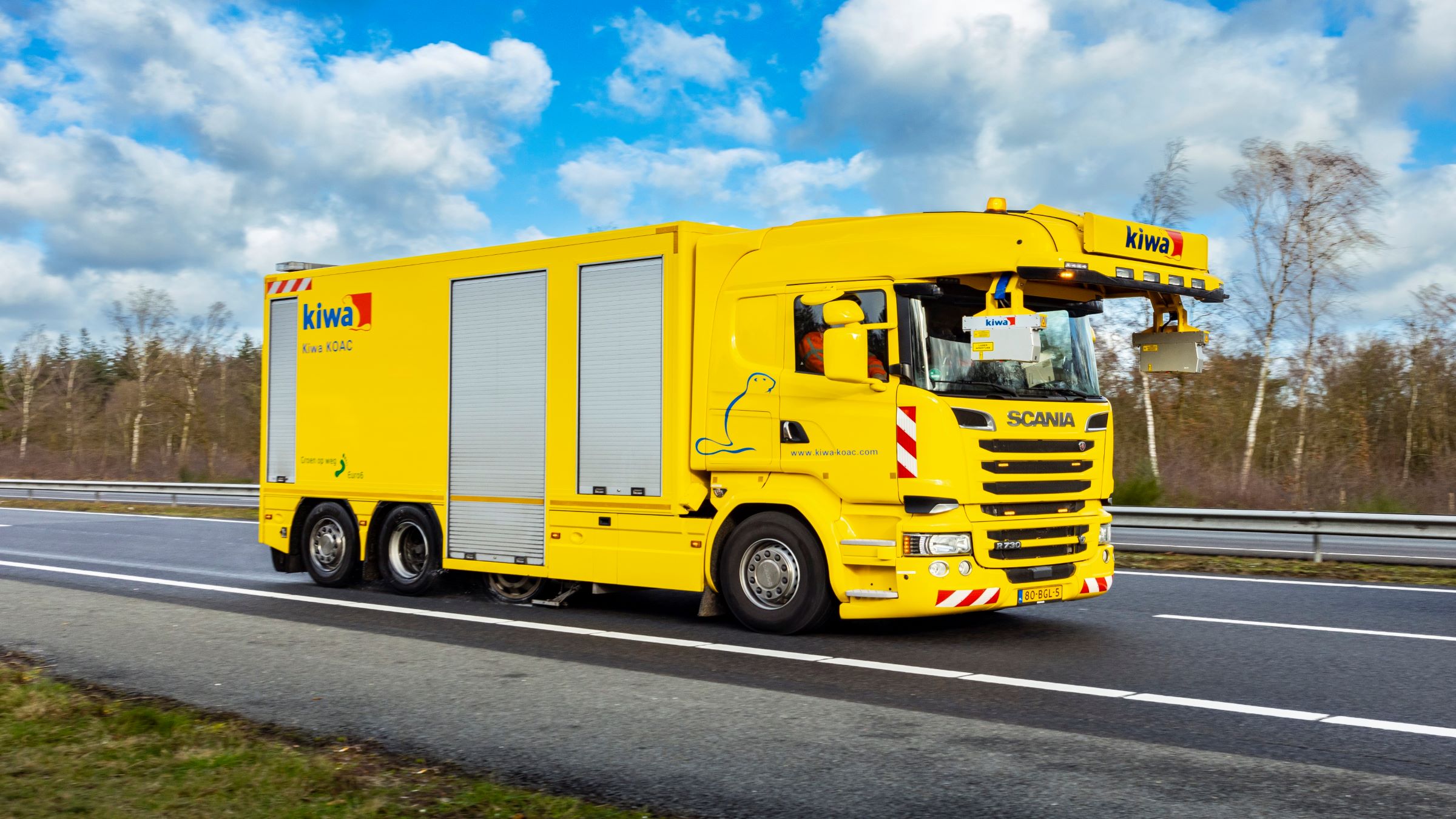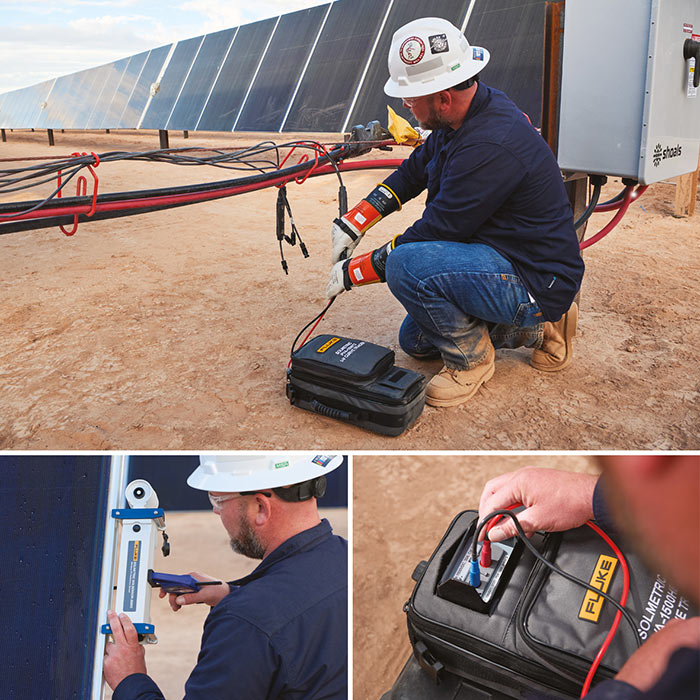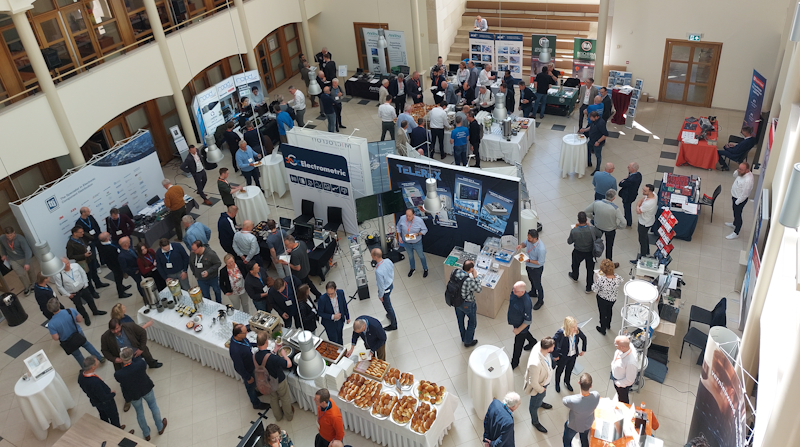 Door: CN Rood
Door: CN Rood Kiwa KOAC is the leading independent company in the Netherlands for research and consultancy in the field of mobility infrastructure. Kiwa KOAC has a number of test vehicles and systems to test all characteristics that may be applicable to the design, construction and management of roads, industrial estates and dike coverings. The tests focus on capturing road surface data, recording the structural condition, loads applied to the structure and environmental aspects. To control the sensor systems and collect data, Kiwa KOAC uses a NI PXI system. We spoke to Johan Mulderij (Software Specialist at Kiwa KOAC Road Testing) about Kiwa KOAC, the NI PXI system and the cooperation with CN Rood.
Road safety and managing the road network cost-effectively
Kiwa KOAC's services are used to ensure road safety and manage the road network cost-effectively. Johan Mulderij: "Government bodies have drawn up standards that roads must meet during construction and during their service life. Through material testing and on-site measurements, we check whether these requirements are met and advise the road authority on measures to be taken to ensure that the road remains in good condition for as long as possible."
Measuring strength, flatness and skid resistance
To map the properties of a surface, there are different types of measuring vehicles and measuring systems.
Johan Mulderij gives an overview of some of the test systems: "We use a Falling Weight Deflectometer (FWD) to record the strength of a pavement or embankment using a mechanical force pulse. We record longitudinal flatness and texture (skid resistance) with a High Speed Road Profiler (HSRP) that measures distance to the road and vertical accelerations, allowing us to make statements about flatness characteristics and texture. Our most advanced measuring vehicle also has a Laser Crack Measuring System (LCMS) on board. LCMS consists of two laser sensors that both sample half a lane and can record the height and reflectance of every square millimetre of road surface in both the transverse and longitudinal directions at driving speeds of up to 100 km/h. This allows us to make statements on longitudinal and transverse flatness, transverse slope, curve radius, cracking and fraying (stone loss). This provides very large amounts of measurement data, up to 1 TB per measurement day. In addition, we always capture road images with a camera and record GPS position.
NI PXI data acquisition system since 2005
Over the years, many different solutions have been used to control the systems and for data acquisition.
Johan Mulderij: "In 2005, we replaced our own developed system with National Instruments PXI hardware and LabVIEW software. With the first PXI systems, there were still quite a few specialised PXI modules (parallel input, serial input, counter-timer, firewire camera, analogue input, bridge sensor input) and also a lot of extra electronics to control the systems. Since 2009, we have been using an FPGA board that has made many of the specialised PXI modules obsolete. Our current PXIe systems use only a Bridge input module in addition to the FPGA card because of the power cabinet for skid testing. All other signals (lasers, accelerations, temperatures, water flow) are read in via the FPGA card. The FPGA card also controls all kinds of valves and relays for measurement control and timing of all signals. We store the data, on a USB stick and SSD disk. Through our processing software, we process the measurement data and are thus able to report the data as PDF, EXCEL, Files for road management systems, GoogleEarth KML files, GeoJSON files or XML files.
New NI PXI system with CN Rood
The current system has received upgrades in recent years, such as replacing the hard disk with SSD, adding more measurement tasks, running a newer version of Windows and linking the system to the internet (with firewall and virus scanner). As a result, the system is running into capacity limits.
Johan Mulderij: "We want to replace the PXI Controllers. The rest of the system (PXIe chassis, FPGA card, Bridge input module) is still working fine and everything is available through CN Rood. CN Rood is our regular contact for all NI products. This cooperation is very good. They are very reliable and are also very cooperative.



